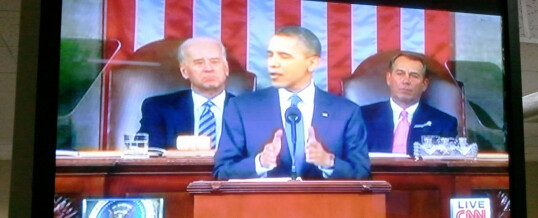You’re married at last! The beautiful day went off without a hitch. Bliss is the only thing you feel right now. Congratulations! Enjoy the honeymoon. But when reality sets in and the newness wears off, don’t run from the hard conversations, especially the dreaded money talks. Many newlyweds avoid this subject because it can cause tension. But quite frankly, addressing the dirty word—money, that is—early in the marriage, will enable you as a couple to learn healthy ways to discuss ...
Continue Reading →AUG














